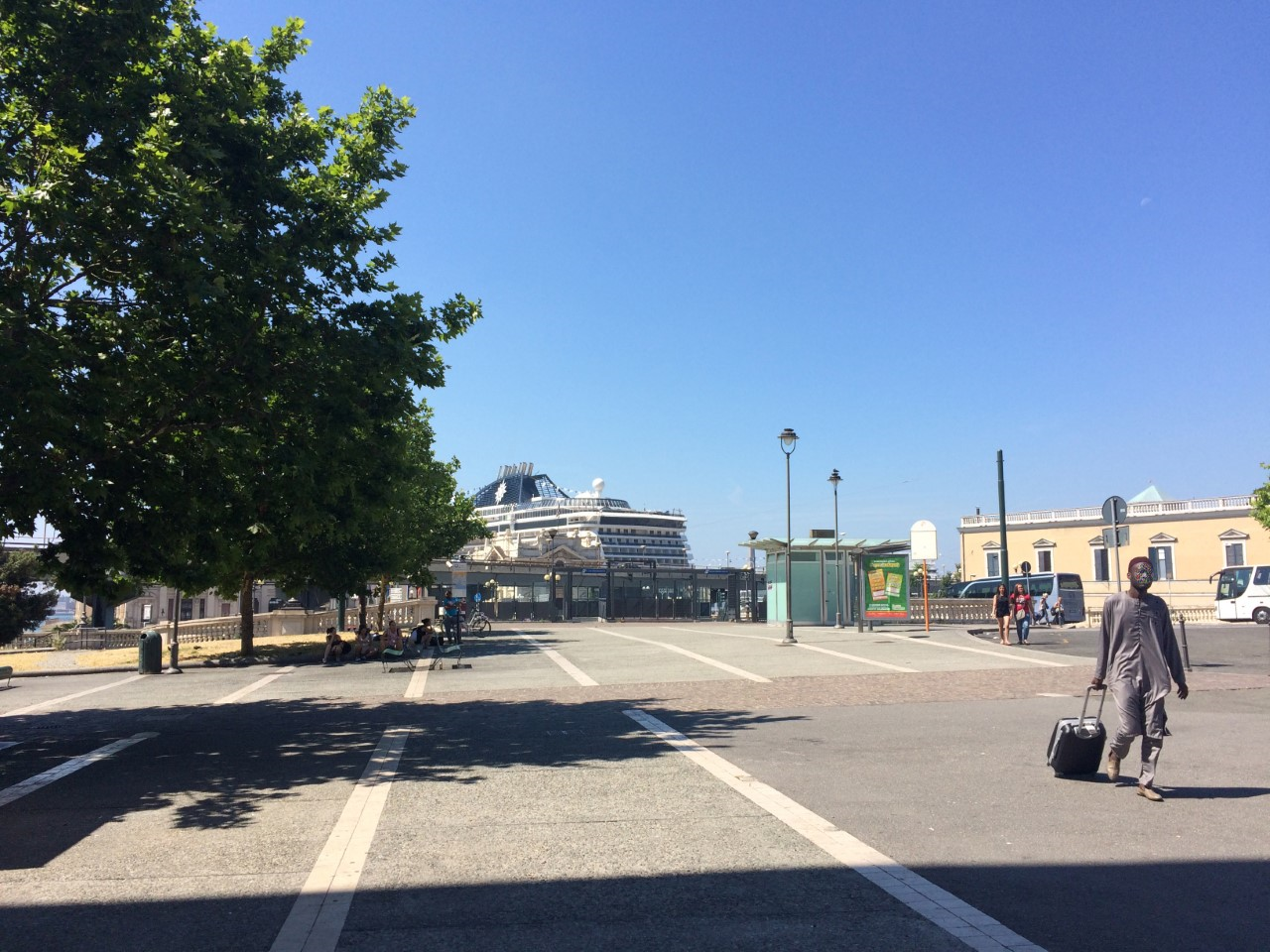Patterns of social exclusion in mixed neighborhoods: A case study on neighborhood use of young Turkish newcomers in Berlin, Germany
Main Article Content
Abstract
For a newcomer in a city, the process of getting familiar with urban places does not only refer to memorize the roads but to learn how to live as a local. In this article, I argue that the changing urban structure and discourse of locals may form subtle ways of social exclusion and discrimination which may have an impact on social positionality of the newcomers in a mixed neighborhood. This study reflects on high skilled young newcomers from Turkey to Berlin with the aim of understanding transnational disparities and exclusion on the one hand, social contact and inclusion on the other. I propose to look into both ways because there is not only exclusion in a mixed neighborhood; there is also acceptance and coexistence. By focusing on Kreuzberg and Neukölln in Berlin, I search for dynamics of neighborhood use of migrant youth, (in)visibility, ‘public familiarity’ (Blokland, 2003) and daily interaction to show the connections among urban structure, practice and discourse. The sample of this qualitative research is high skilled young professionals from Turkey with high education degrees, who came to Berlin over the last five years. The data comes from thirty in-depth interviews conducted by me in the period of October 2018 to March 2019 for a different topic but a related research.
Article Details
Section
Authors who submit articles to this journal from 31st March 2014 for publication, agree to the following terms:
a) Authors retain copyright and grant the journal right of first publication with the work simultaneously licensed under a Creative Commons Attribution License that allows others to share and adapt the work with an acknowledgement of the work's authorship and initial publication in this journal.
b) Authors are able to enter into separate, additional contractual arrangements for the non-exclusive distribution of the journal's published version of the work (e.g., post it to an institutional repository or publish it in a book), with an acknowledgement of its initial publication in this journal.
c) Authors are permitted and encouraged to post their work online (e.g., in institutional repositories or on their website) prior to and during the submission process, as it can lead to productive exchanges, as well as earlier and greater citation of published work (See The Open Access Citation Advantage Service). Where authors include such a work in an institutional repository or on their website (ie. a copy of a work which has been published in a UTS ePRESS journal, or a pre-print or post-print version of that work), we request that they include a statement that acknowledges the UTS ePRESS publication including the name of the journal, the volume number and a web-link to the journal item.
d) Authors should be aware that the Creative Commons Attribution (CC-BY) License permits readers to share (copy and redistribute the work in any medium or format) and adapt (remix, transform, and build upon the work) for any purpose, even commercially, provided they also give appropriate credit to the work, provide a link to the license, and indicate if changes were made. They may do these things in any reasonable manner, but not in any way that suggests you or your publisher endorses their use.
For Volume 5 No 3 (2013) and before, the following copyright applied:
Authors submitting articles to UTSePress publications agree to assign a limited license to UTSePress if and when the manuscript is accepted for publication. This license allows UTSePress to publish a manuscript in a given issue. Articles published by UTSePress are protected by copyright which is retained by the authors who assert their moral rights. Authors control translation and reproduction rights to their works published by UTSePress. UTSePress publications are copyright and all rights are reserved worldwide. Downloads of specific portions of them are permitted for personal use only, not for commercial use or resale. Permissions to reprint or use any materials should be directed to UTSePress.
